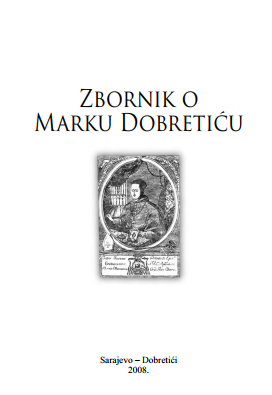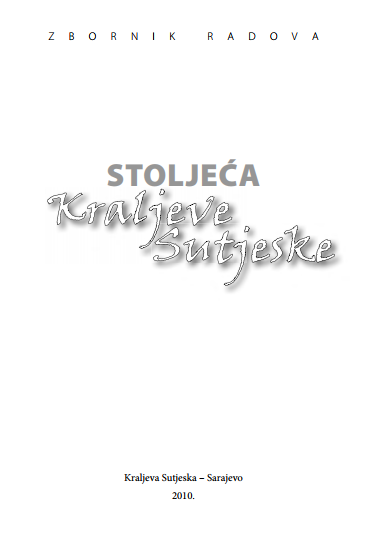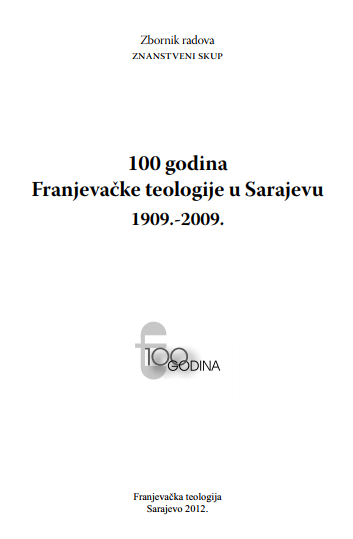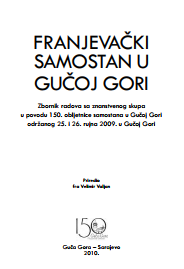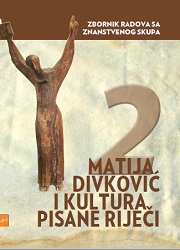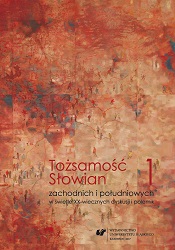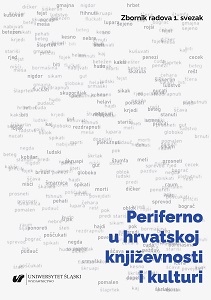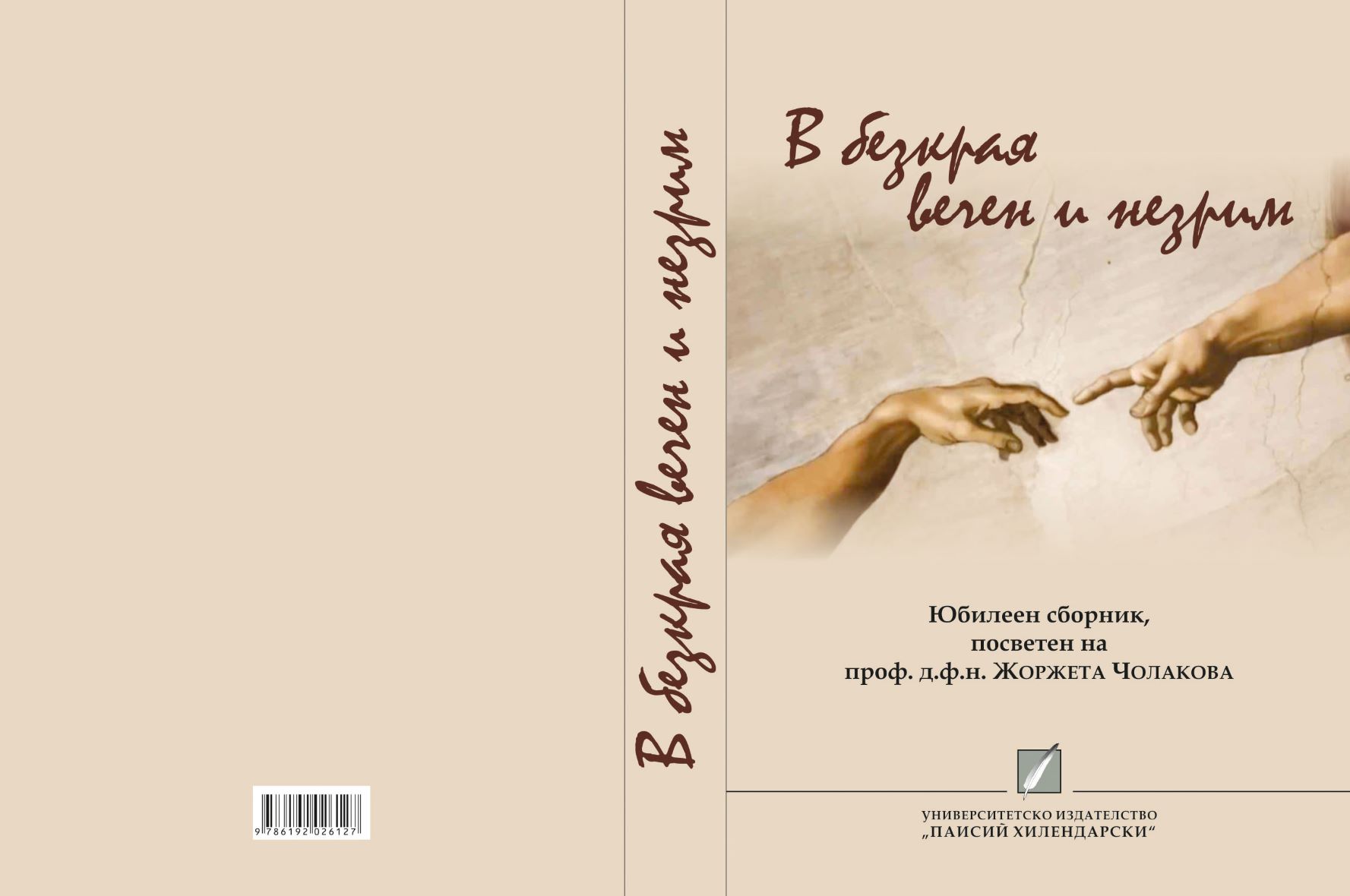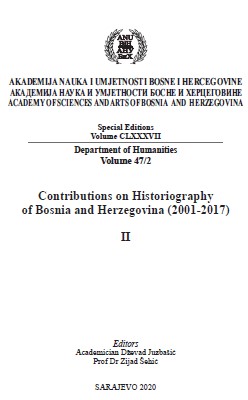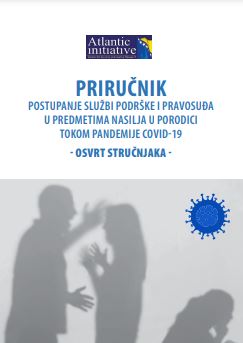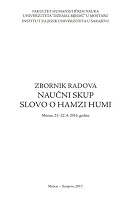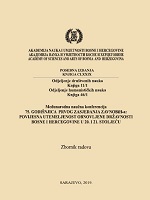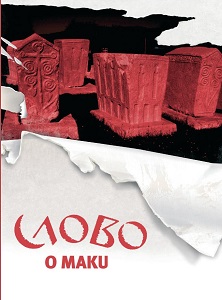
The relationship between cultural monuments and revitalization of medieval culture in poetry of Mak Dizdar
Odnos između kulturnog spomenika i revitalizacije srednjevjekovne kulture u pjesništvu Maka Dizdara
Keywords: bogomils; tombstone; culture; translation;
It is a known fact that the lapidary literacy was pushed to the side a long time and the interest in her show were mostly professionals several profiles, while the broader mass is stirred much interest. It is also known that, that it is this literacy engraved on the stone served as the motive for the creation of Mak Dizdar, primarily on his Stone Sleeper and collectors radove.This work deals with the cultural elements in the poetry of Mak Dizdar, in the first part of it as a fundamental reference appears Tombstone, monument and unique works of art created by Bogomil ideology. Showing how intertwined Mak and messages from the tombstones, and to revitalize the cultural and religious beliefs Bosnian Patarins through archaic words and enlivened proceedings diac. Furthermore, explains how to restore the medieval source helps the new reading texts of culture and a new poetic expression and how this culture implement into contemporary culture in BiH that is being experienced and vrednovana.Last part of the starting point is found in the style of Mak Dizdar, which is important for the segment direct experience of the reader, with an emphasis on the problem of translation and interpretation in other cultures, and the stylistic possibilities prezentacje in other languages and their impact on the readers’ experience and passing on messages universally Bogomil culture.
More...

